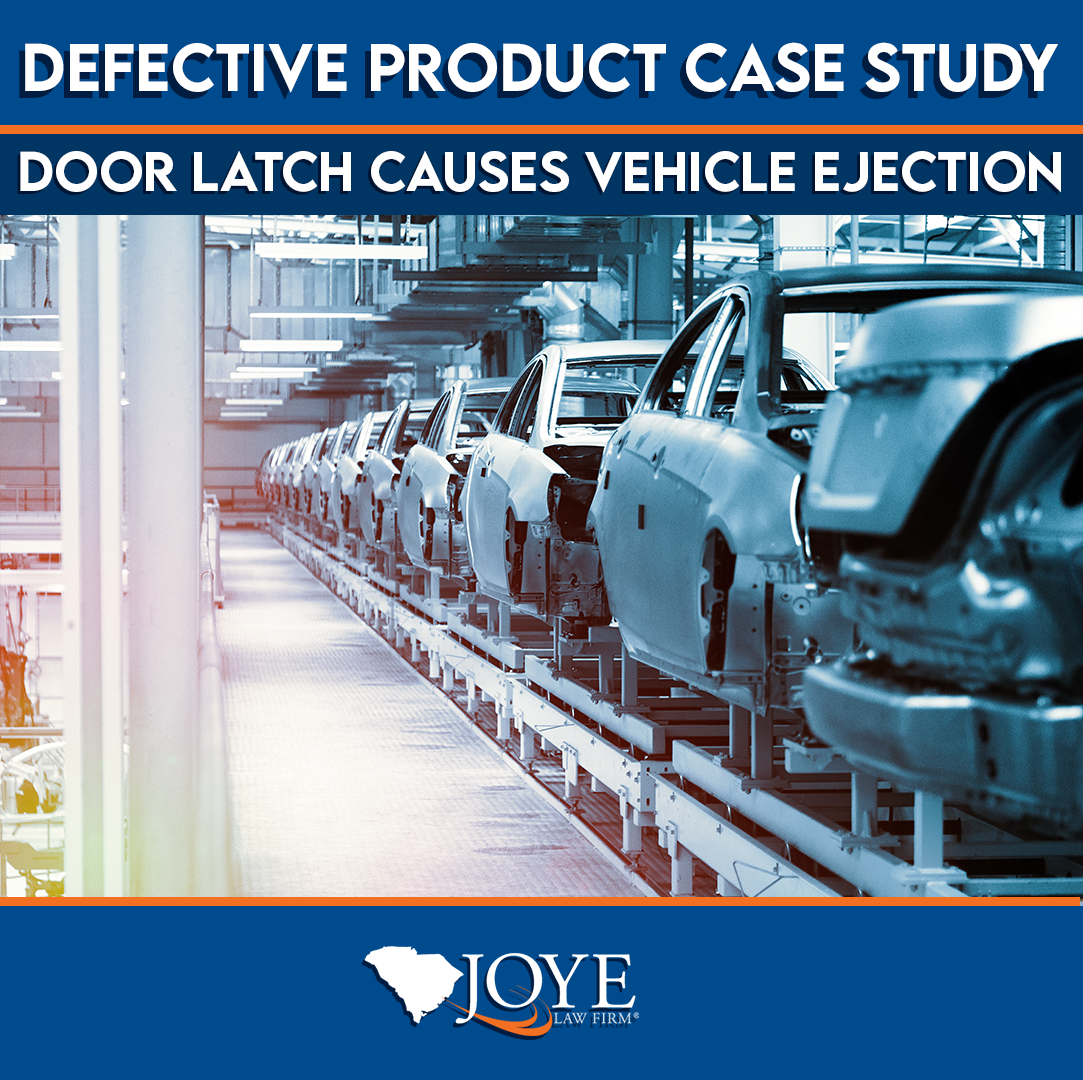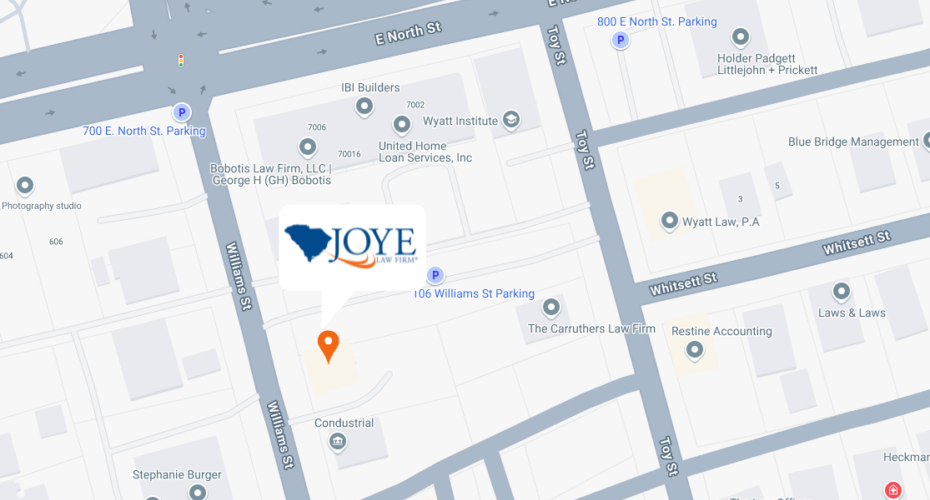
It was the summer of 1996. Tiffany Parks, a 22-year-old girl from Charleston, South Carolina was on her way home from a night out with friends when she discovered another friend’s car had been towed. Offering the group a ride to where their car had been taken, her life as she knew it was about to abruptly come to an end.
Parks was driving her two-door 1995 Saturn through an intersection when she was suddenly struck on the driver’s door in a routine car accident. Unfortunately, because of inadequate protection on the driver’s side door, the impact virtually unlatched the locking mechanism and swung open the door, ejecting Parks onto the street. The other friends in the car, who were uninjured, saw the car door open and started yelling and screaming. They finally found Parks lying on a sidewalk over 45 feet away, her neck broken. The accident caused permanent damage to her spinal cord, and as a result, she was paralyzed from the neck down.
Minor Car Accident Leads to Paralysis
Parks, who had once been very popular and carefree, enjoyed all kinds of outdoor activities including rock climbing, water skiing and jogging. Suddenly she was forced to experience the world from a wheelchair. After the accident, she was sent to a special spinal rehabilitation clinic in Atlanta, Georgia. For 30 days, she worked on rebuilding her strength and learning how to guide her wheelchair by blowing into a straw.
It was important to Parks to try to maintain her previous lifestyle even in her condition. Refusing to give up, she always tried to stay outside and participate even if that meant she had to do it sitting in a wheelchair. Once she completed her rehabilitation, she moved to a beach house so she could be near the ocean and watch her friends who often surfed and hung out on the beach. Parks required 24-hour care and had a nurse who stayed with her in a separate house. Her mother and sister also made multiple visits each day.
The community rallied around Parks and her family organizing celebrity events, races, fundraisers, concerts, and parties to help offset her medical expenses and the healthcare she would require for the rest of her life.
As hard as the Parks’ family tried to move on and forget the events that unfolded that dreadful night, one question continued to haunt them. Why did the car door open in a minor accident?
Record Verdict Prompts Parents to Contact Joye Law Firm
Parks’ parents knew the Joye Law Firm was experienced in product liability cases, and had previously obtained a $262.5 million product liability verdict against Chrysler Corporation. At the time, it was the largest verdict ever against a car manufacturer. Parks’ parents hired the Joye Law Firm to help answer the question about what went wrong with their daughter’s car. With the law firm’s help, they brought a lawsuit against Saturn, a division of General Motors.
The family’s attorney, Mark Joye, knew one thing for certain: “In a routine collision, doors are not supposed to open.”
Defective Door Latch Manufacturing
During an investigation, Joye discovered that Saturn cars were constructed from plastic polymers, which failed to provide adequate protection on the side doors in the event of a routine accident.
Most importantly, Joye found and presented evidence that proved General Motors and Saturn had different designs that they could have incorporated on the door latch that would have prevented this accident from happening. Furthermore, Joye found that they could have put automatic door locks on the car, which were readily available. This too would have prevented the door from opening.
“That, in any sort of products liability case, is critical,” explained Joye. “You’ve got to show there were other designs that would have avoided the particular incident you’re saying occurred because of this defective product. The technology was there to make a change. They just chose not to use it.”
So, why did Saturn choose this particular, faulty design?
“It was less expensive to be able to incorporate this type of door latch/handle with the plastic polymer shell,” said Joye. “A lot of weight went into what the marketing people had to say about the stylish good looks of the Saturn car.”
Saturn continued to deny any sort of wrongdoing in the accident or that they compromised safety for style. They maintained that their cars were some of the safest on the road.
In addition to the liability case against General Motors and Saturn, Joye also fought with the various health insurance companies who wanted to limit Parks’ stay in the rehabilitation center and end her 24-hour nursing care, insisting that a family member could do it. He spent a great deal of time sending out emergency motions and letters to make sure Parks received the care she deserved.
“Normally in these cases, you have enough of a battle going up against these car manufacturers, but we had so many battles with the health insurance company,” explained Joye. “Unbelievable, all the shenanigans they tried; cutting off support, not paying for nursing care for her. This was a girl totally dependent on nursing care.”
Confidential Settlement Allows Victim to Receive Ongoing Care
 As 1999 came to an end, the case was settled for a confidential amount right before it was to go to trial. Did the case result in a design change? According to Joye, the only way to get a car manufacturer to change the design is if the federal government conducts an investigation, which did not happen in this case.
As 1999 came to an end, the case was settled for a confidential amount right before it was to go to trial. Did the case result in a design change? According to Joye, the only way to get a car manufacturer to change the design is if the federal government conducts an investigation, which did not happen in this case.
“Tiffany and her family felt vindicated and were very pleased with the outcome,” said Joye. “They just hope no one else has to go through what they experienced.”
*Names have been changed.
Disclaimer: Past results do not guarantee future outcomes

































